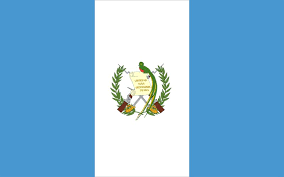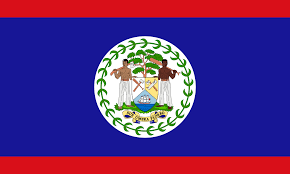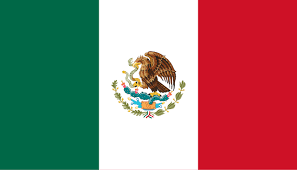Guatemala, Belize, Mexico. What a fabulous break, a rocky start with a lost case. We crossed Central America from West to East with a good bunch of people. For Rooster Caye Caulker was the best, a true chill out zone.
 Guatemala, a Central American nation, is a land of striking contrasts, blending ancient Mayan heritage with vibrant contemporary culture. Its diverse landscapes range from volcanic highlands and lush rainforests to Pacific and Caribbean coastlines.
Guatemala, a Central American nation, is a land of striking contrasts, blending ancient Mayan heritage with vibrant contemporary culture. Its diverse landscapes range from volcanic highlands and lush rainforests to Pacific and Caribbean coastlines.
The country’s Mayan roots are deeply embedded, evident in its numerous archaeological sites like Tikal, and in the traditions of its indigenous population, who make up a significant portion of the population. Spanish colonial influence is also prominent, particularly in the architecture of cities like Antigua Guatemala, a UNESCO World Heritage Site.
Guatemala’s economy is largely driven by agriculture, with coffee, bananas, and sugar being major exports. However, it also faces challenges, including poverty and inequality.
 Belize, a small nation on the northeastern coast of Central America, is a diverse and captivating country. It blends Caribbean charm with Central American vibrancy, offering a unique cultural and ecological experience.
Belize, a small nation on the northeastern coast of Central America, is a diverse and captivating country. It blends Caribbean charm with Central American vibrancy, offering a unique cultural and ecological experience.
Renowned for its stunning natural beauty, Belize boasts the second-largest barrier reef in the world, a haven for divers and snorkelers. Inland, lush rainforests, Mayan ruins, and extensive cave systems provide opportunities for adventure and exploration. The country’s unique ecosystem supports a rich array of wildlife, from jaguars to toucans.
Culturally, Belize is a melting pot, with influences from Mayan, Creole, Garifuna, and Mestizo populations. English is the official language, but Kriol, Spanish, and Mayan languages are also widely spoken. This diversity is reflected in the country’s music, food, and festivals.
 The Yucatán Peninsula, encompassing the Mexican states of Yucatán, Quintana Roo, and Campeche, along with parts of Belize and Guatemala, is a region rich in Mayan heritage and natural beauty. It’s a land where ancient ruins meet pristine beaches and lush jungles.
The Yucatán Peninsula, encompassing the Mexican states of Yucatán, Quintana Roo, and Campeche, along with parts of Belize and Guatemala, is a region rich in Mayan heritage and natural beauty. It’s a land where ancient ruins meet pristine beaches and lush jungles.
The peninsula is renowned for its Mayan archaeological sites, including Chichen Itza, Tulum, and Uxmal, which offer glimpses into the sophisticated civilization that once thrived there. These sites, along with numerous cenotes (natural sinkholes), are major tourist attractions.
The Yucatán’s landscape is diverse, featuring dense tropical forests, coastal wetlands, and the Mesoamerican Barrier Reef, the second-largest in the world. This biodiversity supports a wide range of flora and fauna, making it a haven for nature enthusiasts.
Culturally, the region maintains a strong Mayan influence, particularly in language, cuisine, and traditions. Yucatecan cuisine, with its unique blend of Mayan and Spanish flavors, is a highlight. The region’s vibrant festivals and traditional crafts further showcase its cultural richness.
The travel journals of a middle age couple
All rights reserved
The travel journals of a middle age couple
All rights reserved